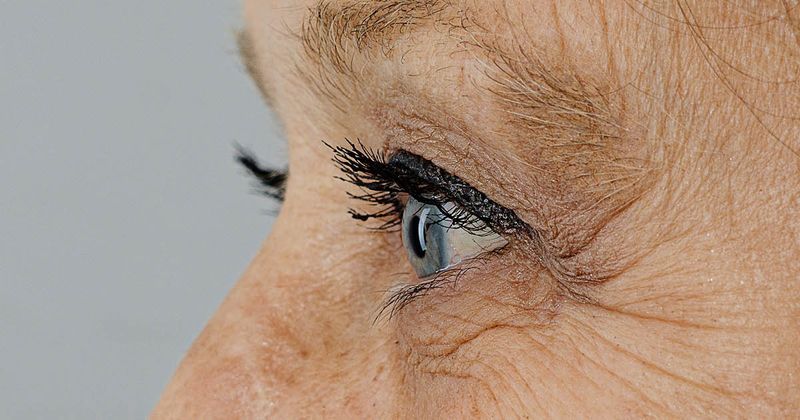Spectral-domain OCT among top modalities to quantify diabetic retinal disease
Key takeaways:
- The current staging system does not incorporate changes in the retina seen in newer modalities.
- The level of evidence to quantify DRN and DME is strongest for OCT and lowest for adaptive optics.
Among the newer diagnostics used to quantify diabetic retinal disease, the level of evidence is highest for spectral-domain OCT, suggesting its potential role in an updated classification scheme, according to a literature review.
“The ETDRS classification has been the standard for decades, but it is now widely recognized in the field of DRD [diabetic retinal disease] that the ETDRS classification, based solely on microvascular structural lesions, by definition, fails to express a substantial fraction of the retinal damage relevant to DRD,” Roomasa Channa, MD, assistant professor in the department of ophthalmology and visual sciences at the University of Wisconsin-Madison, and colleagues wrote in Ophthalmology Science.

Channa and colleagues conducted a systematic review of current and emerging biomarkers to quantify DRD, related to diabetic retinal neurodegeneration (DRN) and diabetic macular edema. Using a Delphi process to identify those most relevant to DRD, they included biomarkers for microperimetry, full-field flash electroretinogram, spectral-domain OCT, adaptive optics and OCT-angiography.
The researchers found that most of the modalities require further study to determine their role in managing DRD, but the level of evidence to quantify DRN and DME was strongest for spectral-domain OCT and lowest for adaptive optics.
“This study, and the others resulting from the Moonshot initiative, are the first steps towards a new, comprehensive and clinically useful classification system to understand the temporal and spatial relationships between existing and new parameters and biomarkers for DRD, as we have proposed earlier,” Channa and colleagues wrote. “Revising the DRD classification scheme has the potential to impact clinical outcomes for millions of individuals with diabetes.”
